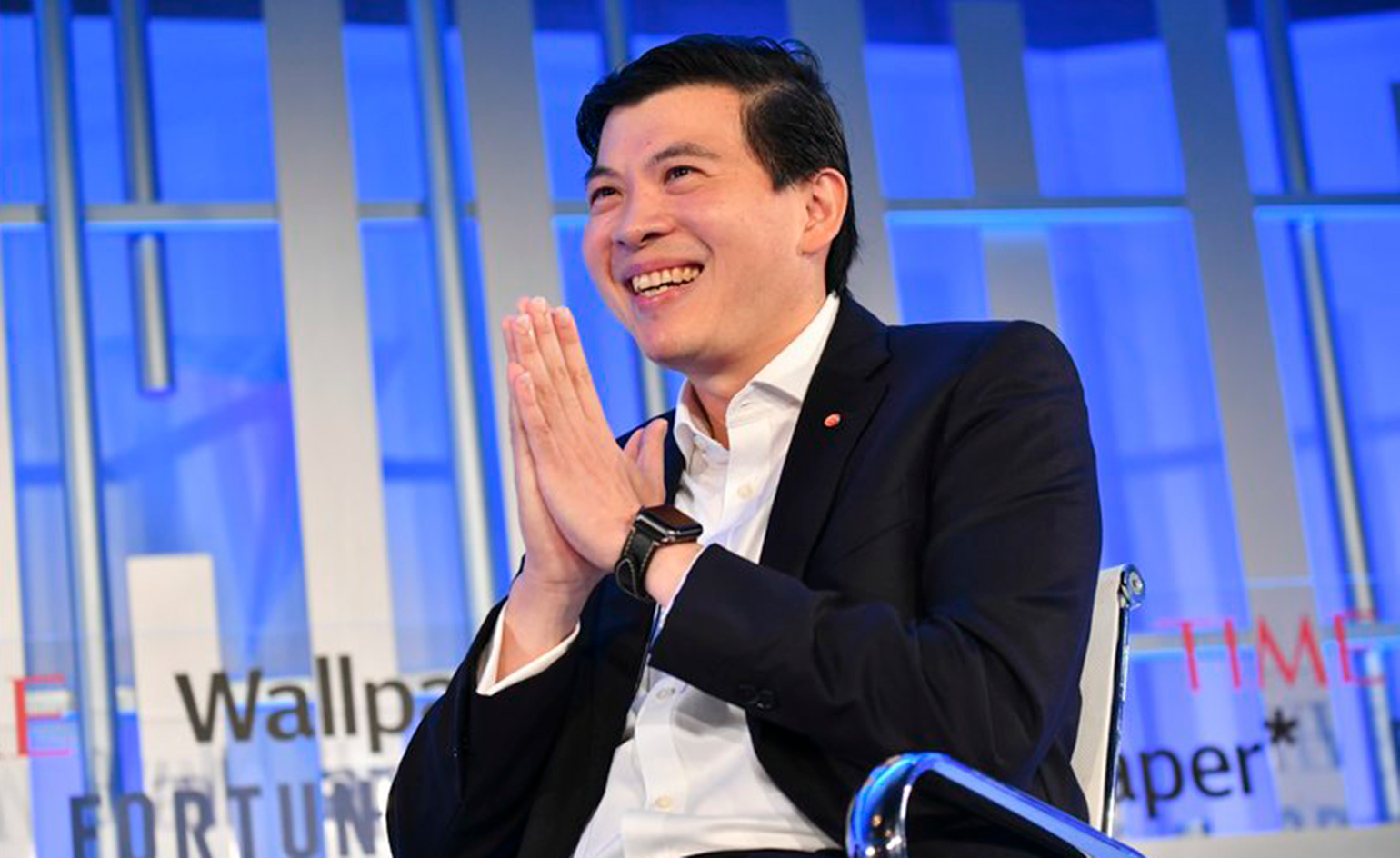‘We care’: Changi Airport’s CEO on how his organisation stays on top of its game

With Changi being rated the World’s Best Airport by Skytrax for five years in a row, CEO Lee Seow Hiang could easily be tempted to rest on his laurels. But complacency doesn’t suit the ex-military man.
Asked for his approach, Lee says he can sum it all up in two words: ‘We care,’ the former Singapore Air Force officer and principal private secretary to Minister Mentor Lee Kuan Yew, told the audience at the Brainstorm Design conference in Singapore.
‘We knew the airport was not something we could take for granted. In fact it was existential for us. We are a small country that needs to connect to the world. It came down to that we want people to be happy to come here,’ he said.
Despite its strategic location as a seaport, in the realm of aviation and air travel, Singapore still needed to compete. ‘We understood that people are judging the whole country by the airport. That’s a heavy responsibility, so we had to create something different.’
In design, he said, ‘We have a hierarchy of desirability.’ Capacity has to be addressed. So does service and experience. But the ‘secret sauce,’ he says, is community. ‘If Changi succeeds, everyone succeeds. It’s not easy adopting and keeping that culture.’
Air traffic is projected to grow faster in Asia and the Pacific than any other region during the next decade. Changi’s challenge is to stay ahead of the pace of change. Lee believes design is essential to maintaining his airport’s leadership position and creating the airport of the future. The cutting-edge Terminal 4, which opened at the end of October, is the latest example of how Lee and his colleagues have incorporated design thinking into every aspect of the airport’s development.
‘With T4, we are rethinking travel, exploring how key operational functions can be designed differently to optimize process flow, interior space, as well as manpower resources,’ Lee said earlier. ‘In the aspects of architecture, layout and technology, we have future-proofed the terminal so that it can adjust to changing requirements of the industry.’
Lessons learned from Terminal 4 will inform the development of Terminal 5, expected to be ready in the late 2020s. The largest of all of Changi’s terminals, it will handle 50 million passengers a year, making the challenge of designing such a massive structure, while retaining Changi’s ability to enhance the experience of travelers, even more daunting.
Lee is confident Changi will stay ahead of the pace of change because the airport is so important to the role of the city-state that no one is complacent. ‘There is so much more we can do. We have to constantly strive to get better.’
To illustrate his point, he said that Changi was were among the first to use a feedback system, right outside the restrooms, inviting users to touch buttons on a screen to indicate their level of satisfaction at the state of the facilities, with the results sent straight to supervisors’ smart phones. Because aside from infrastructure and capacity issues, great retail experiences and generating a sense of community, in the world’s best airport, Lee says, ‘even toilets matter.’
The Brainstorm Design conference is jointly organised by Fortune, TIME and Wallpaper*, bringing together more than 300 top speakers and delegates from 33 countries. See more here
INFORMATION
For more information, visit the Brainstorm design website
Wallpaper* Newsletter
Receive our daily digest of inspiration, escapism and design stories from around the world direct to your inbox.
-
 All-In is the Paris-based label making full-force fashion for main character dressing
All-In is the Paris-based label making full-force fashion for main character dressingPart of our monthly Uprising series, Wallpaper* meets Benjamin Barron and Bror August Vestbø of All-In, the LVMH Prize-nominated label which bases its collections on a riotous cast of characters – real and imagined
By Orla Brennan
-
 Maserati joins forces with Giorgetti for a turbo-charged relationship
Maserati joins forces with Giorgetti for a turbo-charged relationshipAnnouncing their marriage during Milan Design Week, the brands unveiled a collection, a car and a long term commitment
By Hugo Macdonald
-
 Through an innovative new training program, Poltrona Frau aims to safeguard Italian craft
Through an innovative new training program, Poltrona Frau aims to safeguard Italian craftThe heritage furniture manufacturer is training a new generation of leather artisans
By Cristina Kiran Piotti